By CGTN's Pei Jian
Ranwu Lake is the largest body of water in the east of the Tibet Autonomous Region and is the main source of the Yarlung Zangbo River, also known as the Brahmaputra.
Sparkling with a vibrant blue like a sapphire on the roof of the world, the lake is 26 kilometers long and two to five kilometers across, with mountains to the south rising to more than 6,000 meters above sea level.
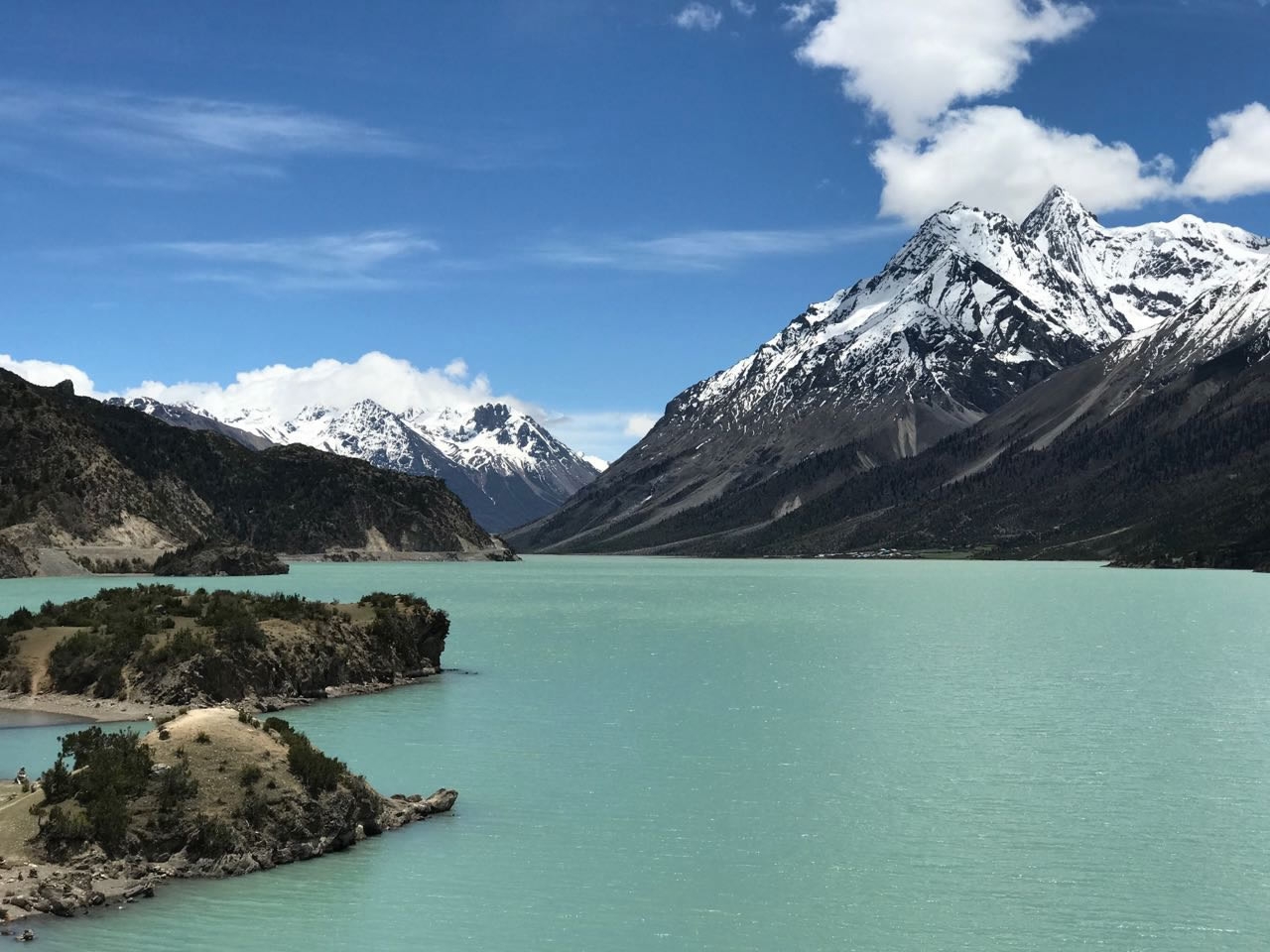
Ranwu Lake in Qamdo City, Tibet Autonomous Region. /CGTN Photo
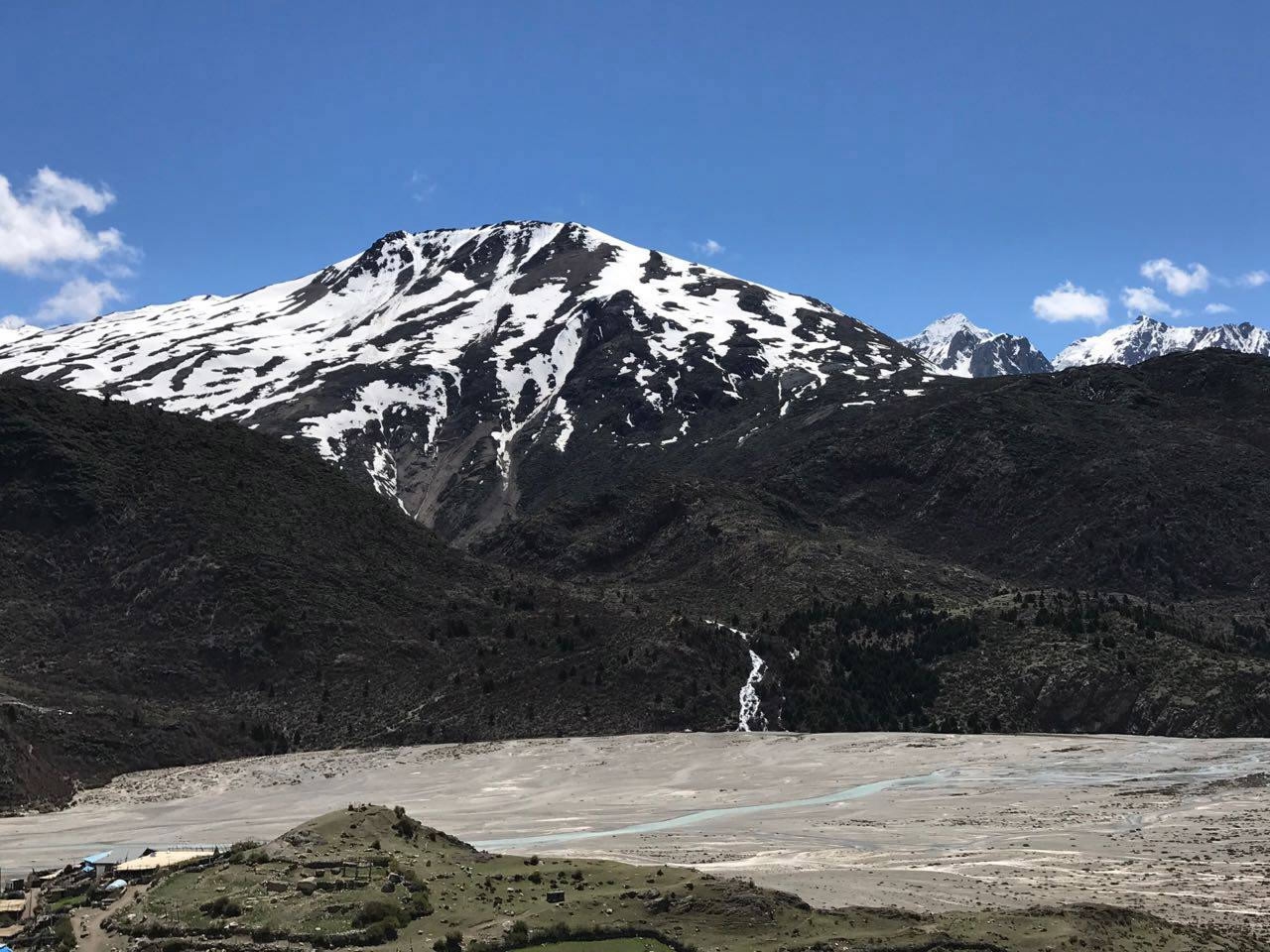
Laigu Glacier in Qamdo City, Tibet Autonomous Region. /CGTN Photo
The unique climate of the area has led to the development of the magnificent Laigu Glacier, which provides an inexhaustible water source for the lake.
Laigu Glacier is the largest and widest “frozen river” in Tibet, and is the third largest glacier in the world. Laigu is actually made up of six glaciers, of which Yalong is the most impressive. The entire Laigu Glacier chain extends for around 12 kilometers, descending from a main peak of 6,626 meters above sea level down to just over 4,000 meters.
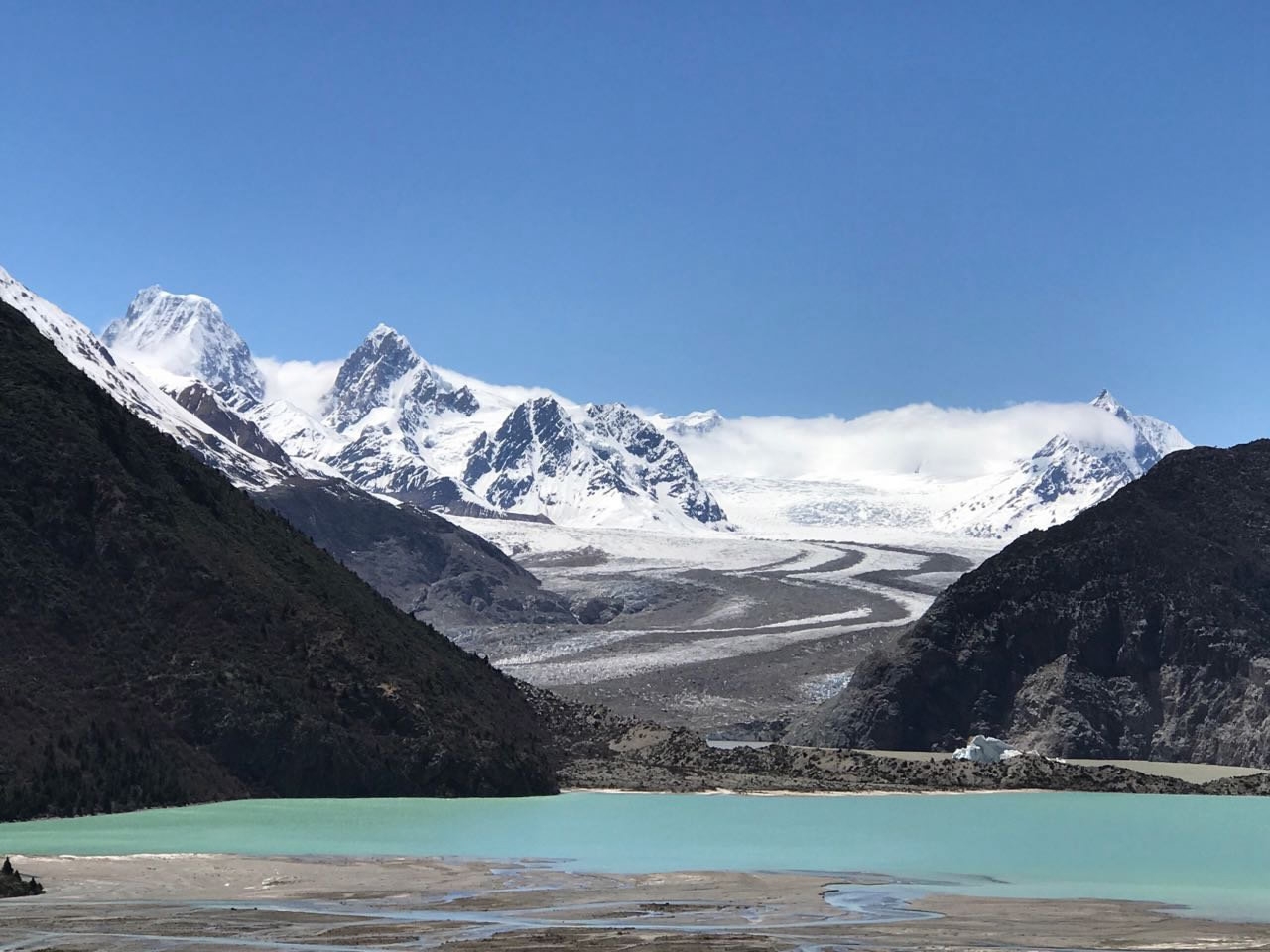
Ranwu Lake and Laigu Glacier in Qamdo City, Tibet Autonomous Region. /CGTN Photo
Around 30 kilometers upstream is a small village called Laigu, from which the glacier gets its name. The village has 101 households with 567 residents, and is a typical rural Tibetan settlement where most people work as farmers, tending to animals and crops.
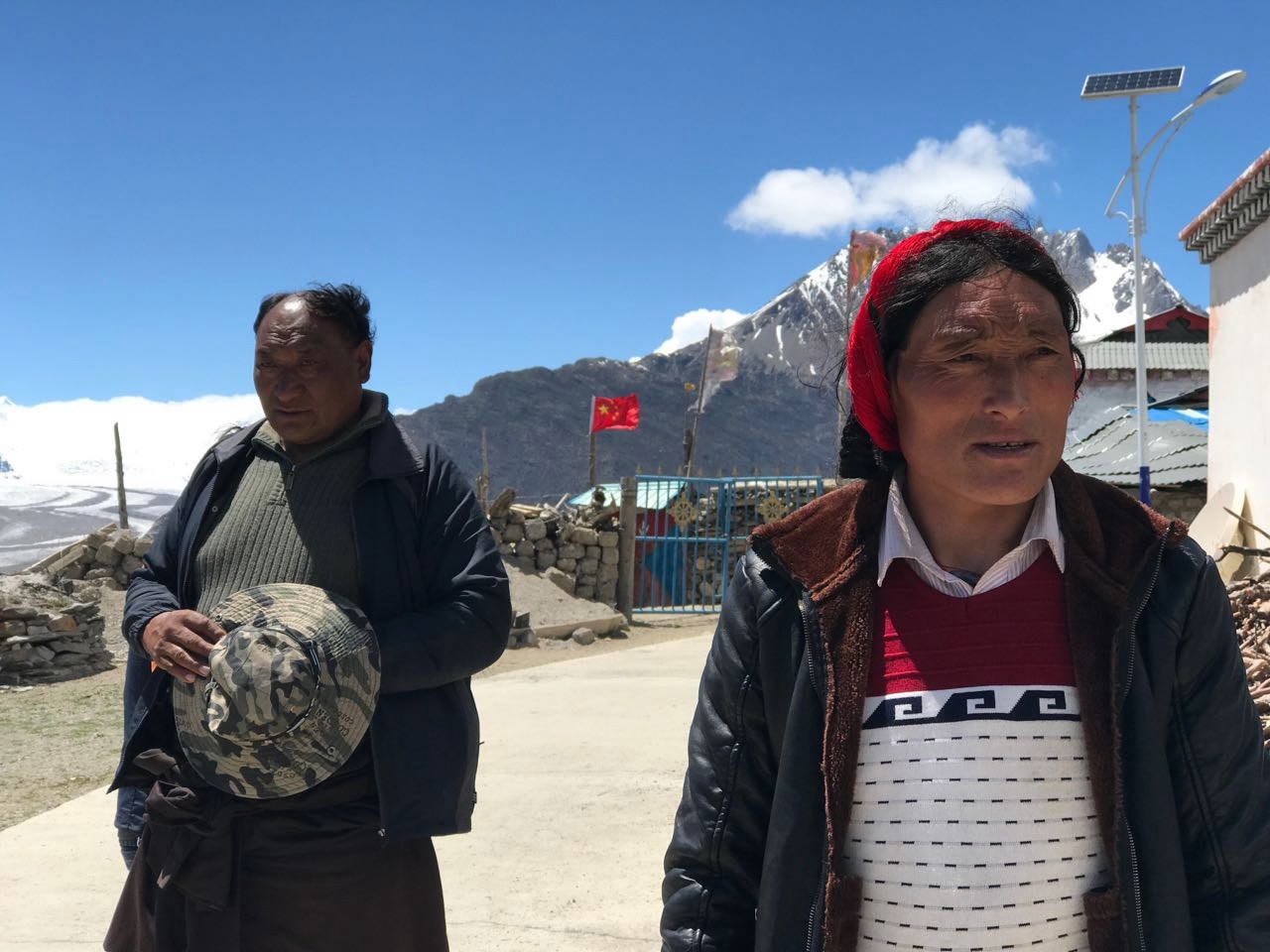
Villagers in Laigu Village, Qamdo City. /CGTN Photo
Fang Zhongru is the head of Ranwu Town and is also the leader of a 90-strong team who conduct ecological protection work around Ranwu Lake and its surrounding glaciers.
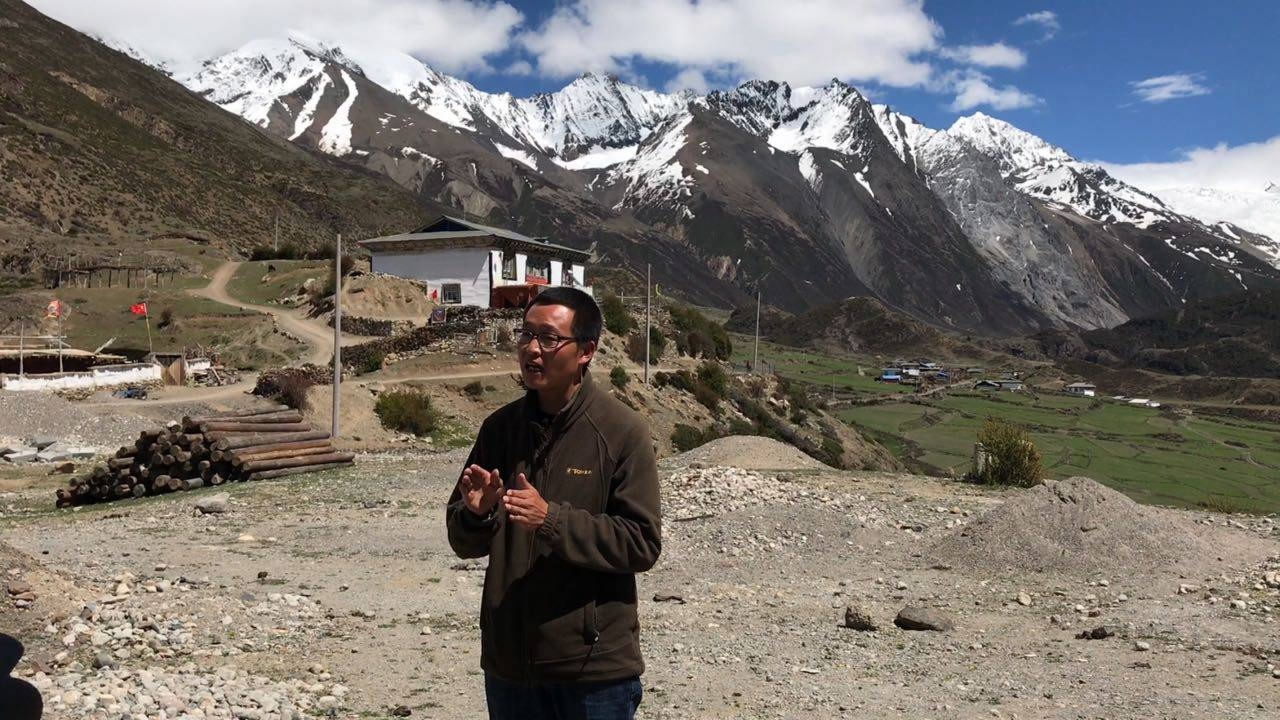
Fang Zhongru, head of Ranwu Town. /CGTN Photo
For Fang, the most pressing issue is how to strike a balance between boosting local tourism and protecting the unique ecological environment of the area.










